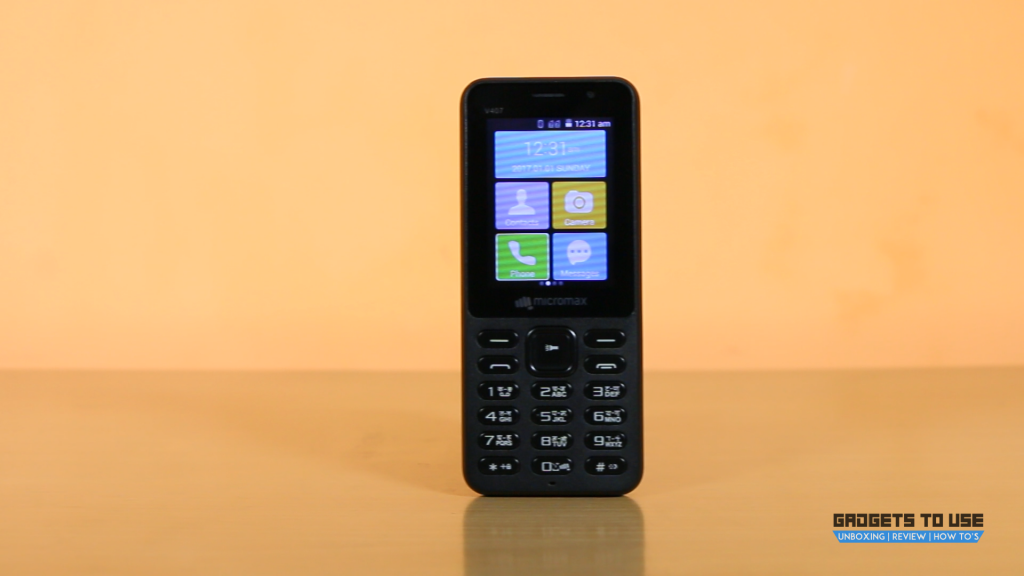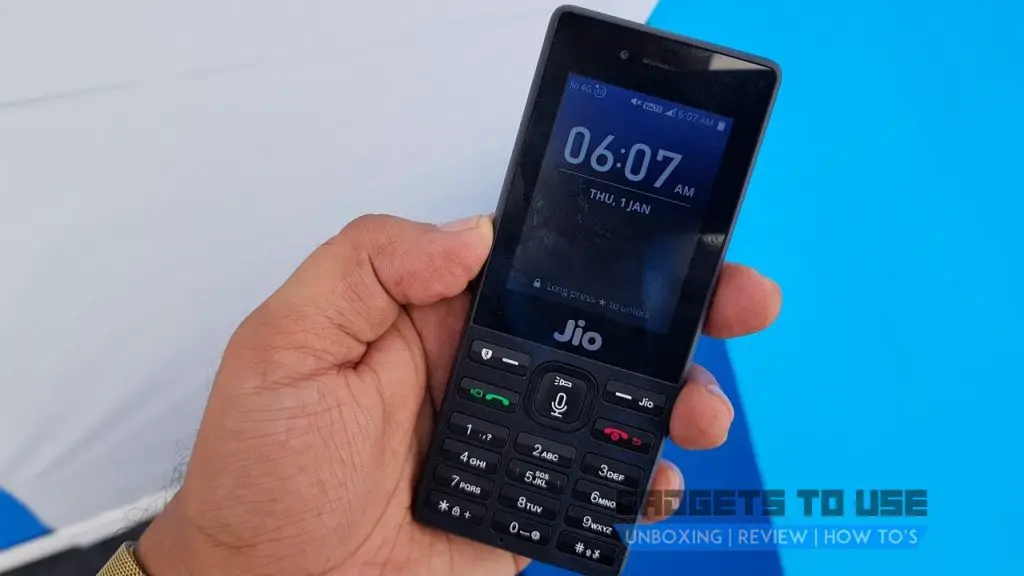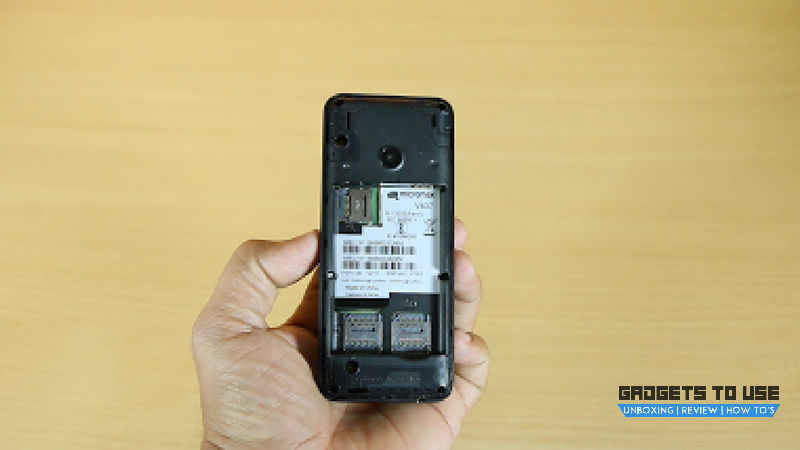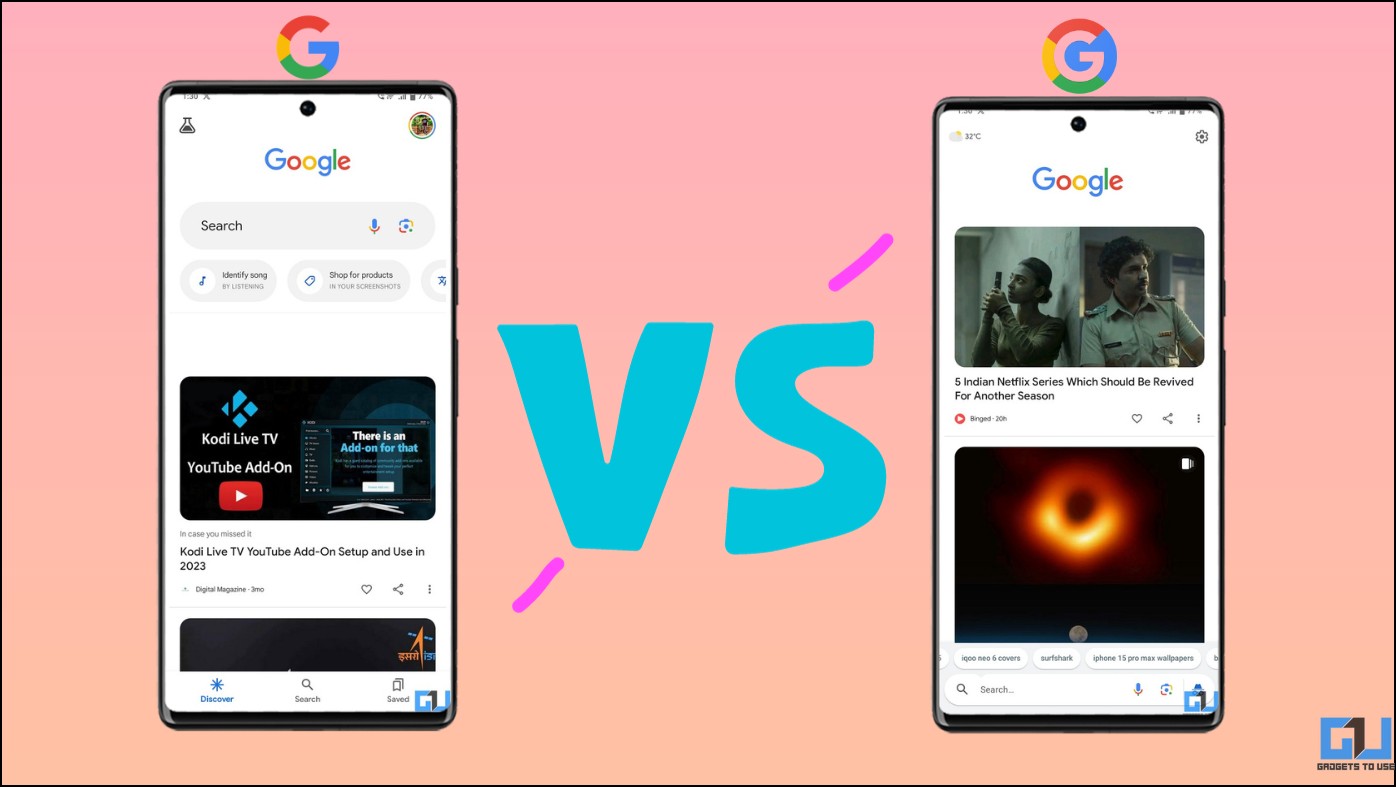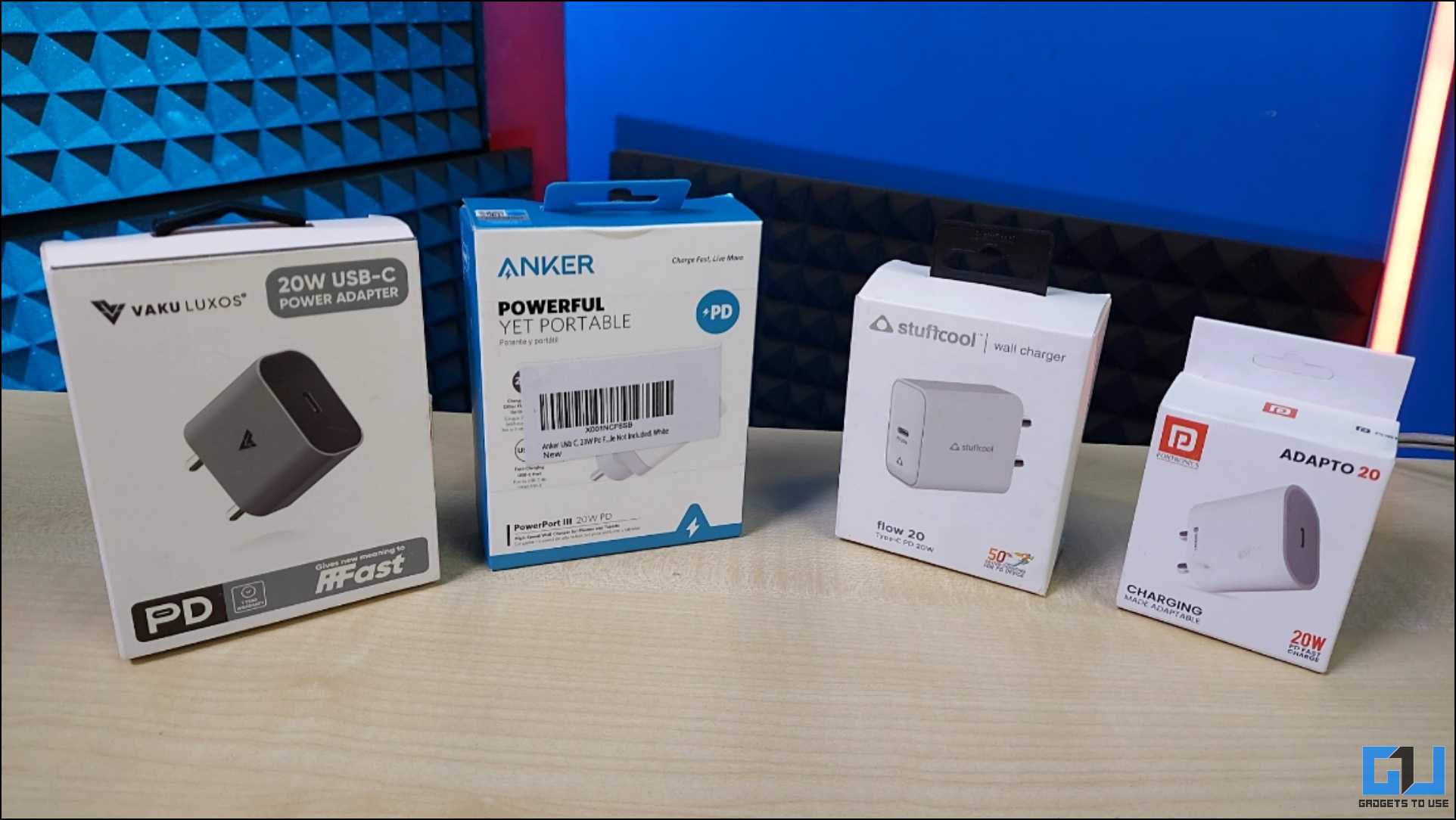Since the launch of JioPhone, there has been a surge in affordable 4G-VOLTE enabled smartphones. Following the trend, other incumbent operators in collaboration with domestic phone makers have been launching their 4G feature phones recently. Keeping up with the competition, state-run telco BSNL partnered with Micromax to launch the new Bharat 1 4G feature phone which costs Rs. 2,200.
The Micromax Bharat 1 is aimed at competing with the JioPhone and it is available from October 20 from retail stores across the country. The phone comes with unlimited data and calling plan from BSNL at Rs. 97 for 28 days.
We compare the Micromax Bharat 1 with the JioPhone to help you find out which one is a better 4G feature phone.
JioPhone Vs Micromax Bharat 1 Specifications
| Key Specs | JioPhone | Micromax Bharat 1 |
| Display | 2.4-inch QVGA | 2.4-inch QVGA |
| Screen Resolution | 240×320 pixels | 240×320 pixels |
| Operating System | Android | KaiOS |
| Processor | Qualcomm Snapdragon 205 | Spreadtrum 9820A processor |
| GPU | Adreno 304 | Mali-400 |
| RAM | 512MB | 512MB |
| Internal Storage | 4GB | 4GB |
| Expandable Storage | Yes, 128GB | Yes, 128GB |
| Primary Camera | 2MP | 2MP |
| Secondary Camera | 0.3MP | 0.3MP |
| Battery | 2000mAh | 2000mAh |
| 4G VoLTE | Yes | Yes |
| SIM Card Support | Dual, Micro SIM | Single Nano SIM (locked for Jio) |
| Price | Rs. 2,200 | Effectively 0 (Rs. 1500 deposit) |
JioPhone Vs Bharat 1 Specifications comparison
The Micromax Bharat 1 features a 2.4-inch QVGA display with a resolution of 320 x 240 pixels. The device is powered by a dual core 1.1GHz Qualcomm Snapdragon 205 processor with Adreno 304 GPU. It comes with 512MB RAM and 4GB of internal storage which is expandable using a microSD card.
The Micromax Bharat 1 comes with a 2MP primary camera along with a 0.3MP VGA front camera. The device is powered by a 2,000mAh battery. Connectivity options on the device include 4G VoLTE, WiFi 802.11 b/g/n, Bluetooth 4.1 LE, GPS and USB 2.0.
The Reliance JioPhone also comes with a 2.4-inch QVGA (240×320 pixels) display. In terms of hardware, the JioPhone sports a dual-core 1.2GHz Spreadtrum 9820A processor with Mali-400 GPU. The device is equipped with 512MB RAM and 4GB internal storage which is expandable up to 128GB via microSD card.
The JioPhone features a 2MP rear camera and a VGA front-facing camera. It comes preloaded with Reliance Jio Apps and runs KaiOS. Powering the phone is a 2,000mAh battery that is supposed to offer up to 12 hours of talk time and up to 15 days of standby time. Connectivity options on the device include 4G VoLTE, WiFi 802.11 b/g/n, Bluetooth 4.1 LE, GPS, USB 2.0 and NFC.
So, we can see the design, display, camera, and hardware wise both the phones are identical. There is an alphanumeric keyboard on the phones, along with navigation buttons. Both the device come with support for 22 Indian languages as well.
Micromax Bharat 1 features
The Bharat 1 comes with dual SIM card slot support. Moreover, the Bharat 1 is not SIM locked, unlike JioPhone, so you can use SIM cards of any operator. The Reliance JioPhone is a SIM locked feature phone so you can only use a Reliance Jio SIM with this phone. Also, it is a single SIM device.
Further, another big highlight of the Bharat 1 is it supports WhatsApp and has preinstalled app for it. On the other hand, JioPhone does not have WhatsApp. Bharat 1 also comes with apps like YouTube, Facebook, however. Bharat 1 features Micromax TV which offers around 100 channels.
On the other hand, JioPhone also comes preloaded with Jio apps like JioCinema, JioTV, JioMusic, and JioXpressNews. These apps are preinstalled on the JioPhone along with instant messaging and social networking apps like Facebook.
Reliance JioPhone features
However, there are a few features that are available only on JioPhone. For example, it comes with the HelloJio voice assistant, an app store, and NFC chip for digital payments which is supposed to be added soon. It can also connect to a TV with a proprietary cable that will allow you to relay videos played on the phone onto a television.
Recharge Plans
The JioPhone comes with a new Rs. 153 plan that has 28-days validity. It offers unlimited calling on any network, 4G data with high-speed limited to 500MB per day, after which the speed would drop to 64kbps. Apart from that, there are free SMSs with this pack, and users will also get access to Jio apps.
The Micromax Bharat 1, on the other hand, comes with a plan of Rs. 97 from BSNL. Under this plan, users will get unlimited free voice calls and unlimited 4G data with 5G high-speed data. After which users will be able to browse at a speed of 80Kbps.
Price
The biggest highlight of the JioPhone is that its ‘effective price’ is zero. As we all know, one needs to deposit Rs. 1500 as security for purchasing a JioPhone. The company has promised to refund the security deposit of Rs. 1,500 after three years when you return the device. However, there are certain rules regarding this.
On the other hand, the Bharat 1 has been priced at Rs. 2,200 and both the Micromax and BSNL aren’t offering any kind of discount or refund on purchasing the phone. So, Bharat 1’s price seems rather high considering its JioPhone’s ‘effective price’.
Conclusion
Coming to the conclusion, both the phones have some common features and a few considerable differences. For instance, they both have the same display size, RAM, and storage, cameras, and connectivity. There are a few points in which Bharat 1 takes lead on JioPhone, such as it has WhatsApp, it supports dual SIM and you can use any network’s SIM as well.
However, if we talk about pricing, JioPhone, which is priced effectively zero, needs a security deposit and the mandatory recharges of Rs. 4,500 to claim that deposit. On the other hand, for the Bharat 1 you have to pay Rs. 2,200 to purchase the phone. So, Bharat 1 seems to be pricey, but considering the recharges and refund policies of JioPhone, it is still a good option.
